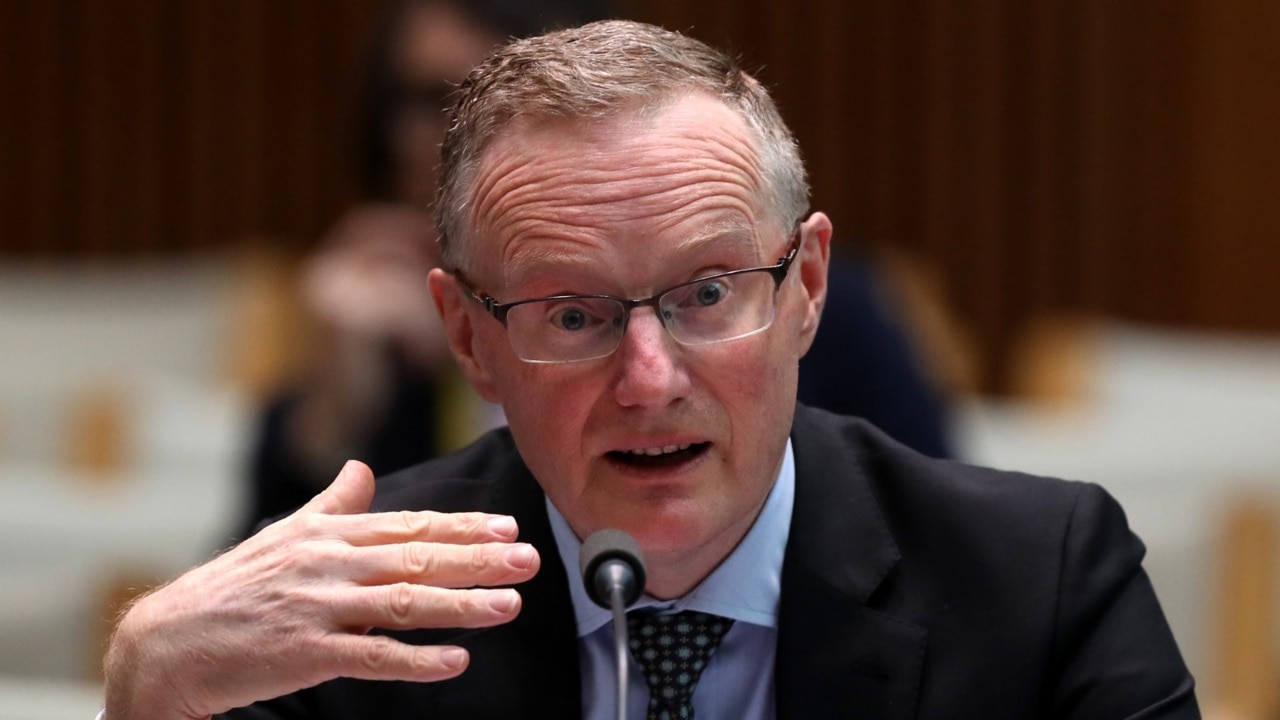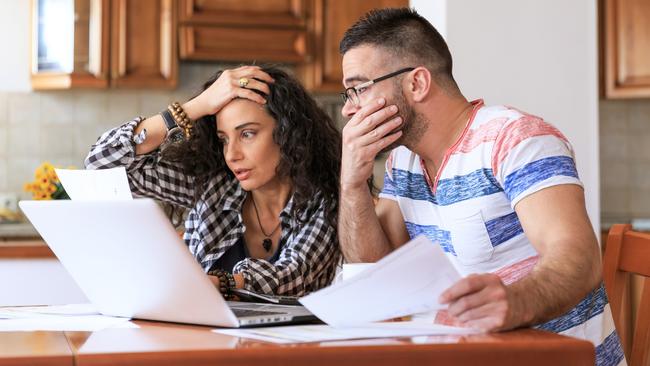Interest rate rises: the key reason why many forecasters were wrong
Interest rate increases won’t slow until Australians collectively stop spending, and there’s a big barrier in the way.

Aussies are a tougher bunch than I thought when it comes to dealing with interest rate rises.
When the Reserve Bank of Australia began lifting its official cash rate in May 2022, I never expected that just nine months later those rate rises would total 3.25 percentage points as they do now.
And I was not alone. Many money experts and economists expected the rises to top out below 3 percentage points, yet now we face them heading towards 4 per cent.
Like many people, I’d believed that a handful of RBA rate rises would be enough to stop consumer spending dead in its tracks, which would have quickly pushed inflation back down towards the 2-3 per cent target band the RBA seeks – well below the latest CPI reading of 7.8 per cent.
How could anyone easily find an extra $1000 a month to service a typical $500,000 mortgage? How could nine straight rate rises not punch a massive hole in household budgets? Surely by late 2022 Australians’ finances would be hitting a brick wall, I thought.
But we toughed it out and kept spending, and prices kept rising – driven by consumer demand and supply squeezes stemming from global issues and local disasters such as floods.
And while it looks like cracks are finally appearing in household spending, that’s unlikely to stop two more rate rises in March and April.

A tenth straight rate rise in March will mean a $500,000 variable-rate mortgage costs $1051 more each month than it did in April 2022, and a $750,000 mortgage will cost an extra $1577 monthly, according to research group Canstar.
For the hundreds of thousands of borrowers coming off low fixed-rate deals this year, those repayments will arrive in one huge hit. Surely that will cause enough pain to stop the rate rises.
Landlords with multiple mortgages will suffer too, because their recent rent rises won’t cover the mortgage repayment leap.
Home loan pain is becoming unbearable for many, and RBA governor Philip Lowe told a parliamentary hearing a week ago he had received letters from tortured borrowers.
A huge factor – and what has made my predictions and those of others completely wrong about when rises will stop – is the fact that a minority of Australians have mortgages.
Dr Lowe pointed out that only about one-third of Australians had home loans, with the remainder either renting or owning their homes outright.
And of those one third, many have yet to experience any increase thanks to their fixed loans, while many others got way ahead on their mortgage repayments during the pandemic when they had little other ways to spend their money.
Others who started their mortgages a decade or so ago have plenty of equity in their homes, the ability to refinance if necessary, and a much smaller repayment burden than those who took out loans in recent years.
Collectively Australians have been tough over the past year in resisting the impact of rate rises, but individually I fear there will soon be a flood of pain. And possibly a recession. But I could be wrong. Again.






To join the conversation, please log in. Don't have an account? Register
Join the conversation, you are commenting as Logout